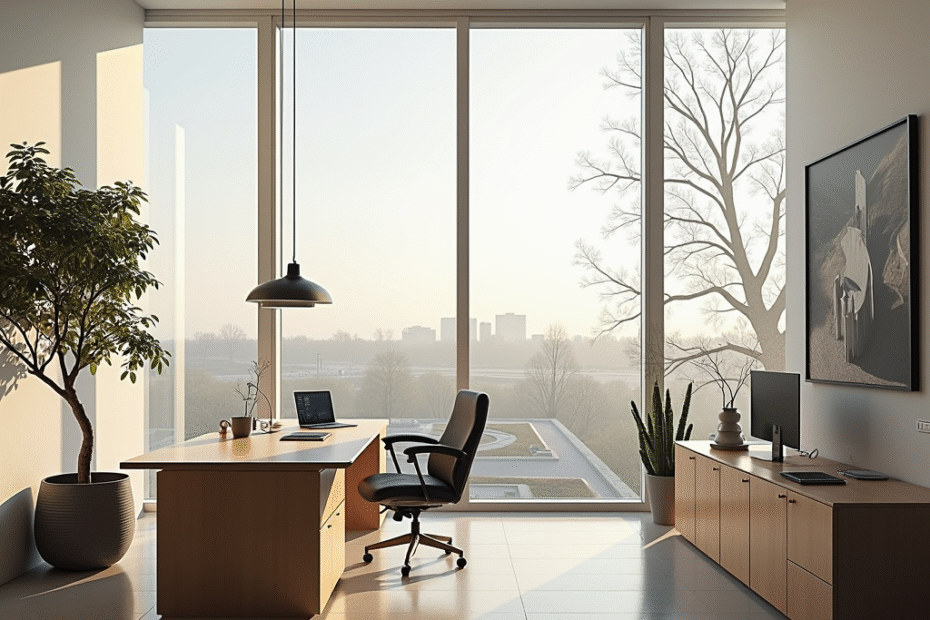Spatial storytelling in architecture goes beyond mere building design—it’s about crafting meaningful narratives through physical spaces. This innovative approach combines architectural elements with human experience, creating environments that communicate, engage, and resonate with users. As architecture trends evolve, the art of spatial storytelling becomes increasingly central to creating memorable and impactful built environments.
The Essence of Spatial Storytelling in Modern Architecture
Spatial storytelling represents the intersection of narrative design and architectural innovation, where every element serves a purpose in the broader story of human experience. This approach transforms static spaces into dynamic environments that guide visitors through carefully crafted journeys, utilizing everything from lighting and materials to spatial flow and acoustic design. By incorporating elements like sight lines, transitional spaces, and sensory cues, architects create environments that unfold like chapters in a book, each space revealing new perspectives and emotional connections.

…
Elements That Shape Architectural Narratives
The success of spatial storytelling lies in the thoughtful integration of architectural elements that contribute to the overall narrative. Natural light becomes a character in the story, drawing attention to focal points and creating rhythm throughout the day. Material choices act as the vocabulary, speaking through texture, color, and historical significance. Circulation patterns serve as the plot, guiding people through spaces in ways that build anticipation and create meaningful moments of discovery. These components work in harmony to craft immersive experiences that resonate with users on both conscious and subconscious levels.

Emerging Trends in Narrative Architecture
Contemporary architecture trends are increasingly embracing the power of spatial storytelling through innovative technologies and approaches. Digital integration allows for interactive elements that respond to user presence, while biophilic design principles create connections to nature that enhance the narrative experience. Sustainable materials and methods are being woven into architectural stories, demonstrating how environmental responsibility can be part of a building’s identity. These trends reflect a growing understanding that successful architecture must do more than shelter—it must communicate, engage, and inspire.
